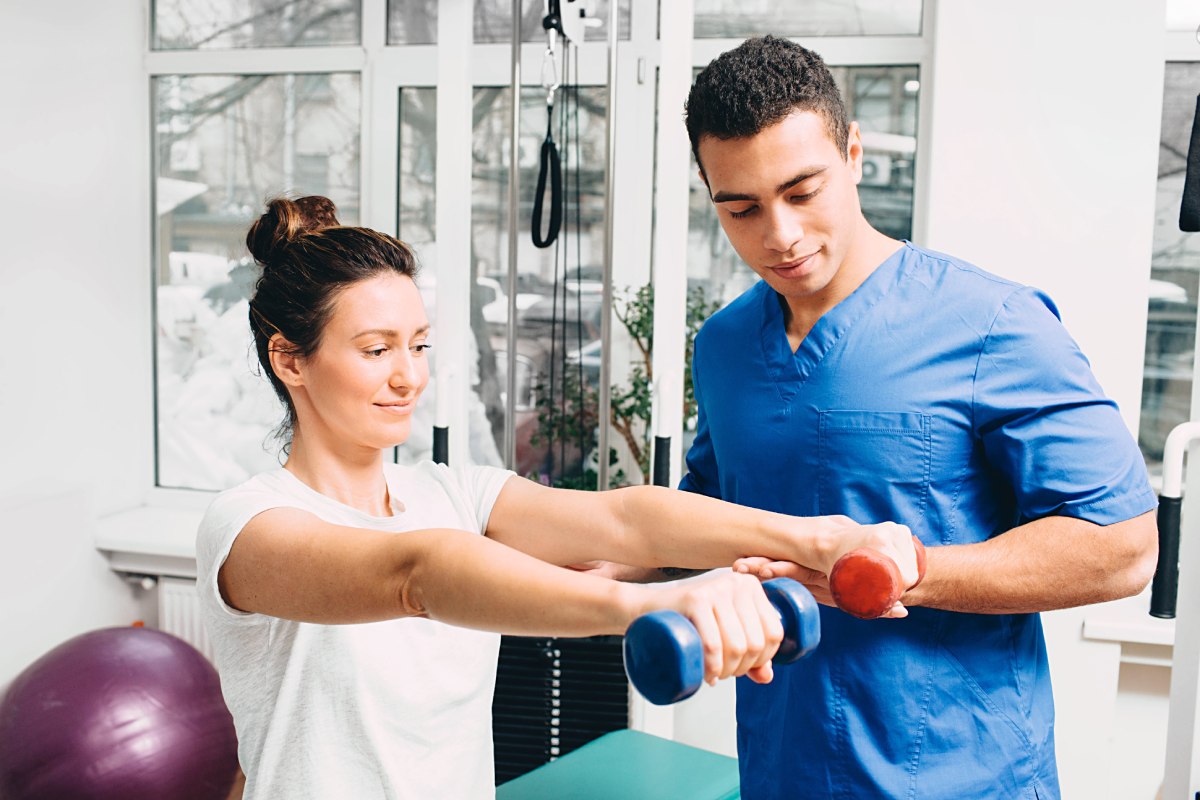Grasping different Methods toward Physical Treatment for Improved Restoration plus Restoration
Bodily treatment represents one significant part of recovery and restoration for numerous people. It aids patients regain vigor, enhance mobility, and reduce pain after traumas or operations. There are techniques to bodily therapy, all tailored to satisfy the specific demands of patients. Comprehending these different techniques can assist individuals form knowledgeable decisions about their healing journey.
One typical method to physical treatment is manual treatment. Such technique includes direct treatment by a bodily therapist to manipulate muscle tissue and connections. Manual treatment can assist relieve discomfort, improve vascular health, and boost flexibility. Practitioners may use approaches such as manipulation, joint movement, and elongation to help individuals heal. Such approach is commonly beneficial for those with muscle and joint problems, such as lower back discomfort or arthritis, as it concentrates on the physical components of rehabilitation.
Another significant method is therapeutic physical activity. This approach involves targeted activities crafted to boost power, balance, and dexterity. Bodily therapists design personalized movement programs based on the patient's status and objectives. Such exercises can differ from simple exercises to more advanced tasks. Restorative physical activity is crucial for regaining strength after an incident and stopping future complications. This also helps individuals recover self-assurance in their physiological skills, which is essential for overall healing.

Aquatic rehabilitation is another effective technique that employs aqua to support in healing. Such technique leverages the support of water, which reduces the impact on joints and allows for easier movement. Patients can perform movements in a pool, making it a fantastic choice for those with restricted movement or discomfort. Aquatic treatment can right here assist enhance power, range of motion, and stamina while offering a nurturing environment for recovery. This is notably advantageous for clients recovering from procedures or those with persistent soreness problems.
Finally, knowledge and personal management are essential parts of physiological rehabilitation. Physiological practitioners also offer treatment but also teach individuals about their issues and how to handle them. Such comprises grasping anatomical function, posture, and the importance of being involved. Through empowering patients with understanding, practitioners assist them take an engaged position in their healing. Such approach encourages clients to persist their recovery outside care appointments, resulting to better enduring results.
In conclusion, physical treatment provides multiple techniques to improve recovery and restoration. Hands-on rehabilitation, therapeutic exercise, pool rehabilitation, and education all have important roles in helping clients restore their strength and mobility. All technique is customized to meet the distinct needs of clients, guaranteeing a comprehensive technique to recovery. By grasping these various techniques, clients can more effectively navigate their rehabilitation process and endeavor towards reaching their rehabilitation aims.